According to the advice of many real estate brokers, before deciding to buy a house in an alley, the buyer needs to clearly identify what the alley is like? Because depending on the level and current condition of the alley to negotiate the house price with the seller.
Alleys are divided into three types: main alleys, side alleys, and dead-end alleys. In which, the main alley is the type of alley that is connected to the street and connects to other side alleys or dead-end alleys. Meanwhile, the side alley is an alley that is connected to the street, main alley, or connected to another alley. Finally, dead-end alley is an alley that only connects one end to another alley or street.
After determining the location of the house, home buyers need to pay attention to the following 4 issues.
Legal check of the house
This issue is very important when buying a house and is especially important for houses located deep in alleys, which often cause many disputes due to people arbitrarily expanding.
To know whether the house is in the planning area or not, the buyer needs to spend time and effort going to the local police station to learn about the planning or ask people around that area.
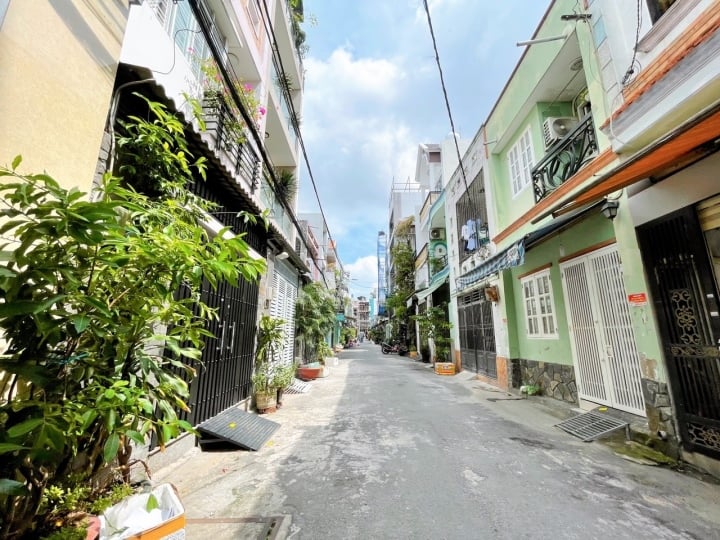
Buying a house in an alley requires attention to many issues before the transaction. (Illustration: Internet)
In addition, the buyer needs to meet the owner of the house and see the red book with his own eyes. If the house has many floors but the red book only mentions land, the buyer needs to verify whether the house was built without permission or not. In case the house was built without permission, if the government later reclaims it, only the land value will be calculated for compensation, the buyer should argue to request a price reduction.
Or if the actual area of the house is 30m2 but the red book only records 27m2, it proves that the previous homeowner took away 3m2, therefore, the buyer can negotiate to only pay for the part listed in the red book.
In the opposite case, if the actual area of the house is 27m2 but the red book only records 30m2, it proves that the homeowner has expanded and the buyer absolutely will not pay for this "cheated" area.
Avoid buying houses in alleys that are too small
In Hanoi and Ho Chi Minh City, there are tens of thousands of alleys smaller than the minimum width of 3.5m, including many alleys where the roadway can only fit a motorbike. The smaller the alley, the more difficult it is to move around, not to mention the liquidity of houses in small, dead-end alleys will be worse than houses in large alleys. In addition, houses in small alleys when repaired or built often have a "high" cost compared to other locations because there is no place to store materials, and materials are lost many times when transported, so additional labor costs are incurred.
When deciding to buy a house in an alley, the buyer also needs to predict the rule that the smaller the alley, the more the value of the house will decrease compared to other properties in the same location. When in need of money urgently, selling a house in a small alley is often forced to lower the price and faces many obstacles in mortgaging the property for a bank loan due to being priced too low.
Don't buy a house at the end of the alley.
When choosing to buy a house in an alley, buyers should also avoid houses located at the end of the alley. Usually, houses in dead-end alleys will take advantage of price and quiet space. However, houses at the end of the alley are subject to many restrictions in structure and architecture, and cannot be built as beautifully as other locations. Not only that, arranging a ventilation system and natural lighting for the house is also very difficult.
Another disadvantage is that the house at the end of the alley always receives less energy, which can easily lead to a state of stagnant air that is unfavorable to the homeowner. Some feng shui experts believe that houses at the end of the alley are less able to receive air flow from the outside than other houses. The longer and more winding the alley, the more air is lost. In particular, houses at the end of the alley do not have regular air exchange, so they are prone to a state of stagnant air.
Consider the feng shui of the house
Even if it is a house in an alley, you still need to consider the issue of feng shui to bring luck and prosperity to the family. Consider the overall feng shui before delving into the details inside. You should not choose a house with a location that creates a "killing" position because it will negatively affect health and fortune.
In addition, the lighting and interior elements of the house also affect the feng shui element. If you still decide to buy, have a plan to decorate, renovate or rearrange the interior to best suit feng shui.
PHAM DUY (Synthesis)
Useful
Emotion
Creative
Unique
Source










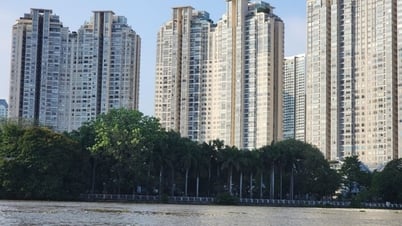

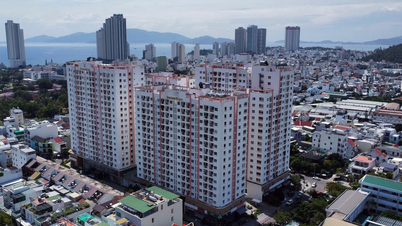


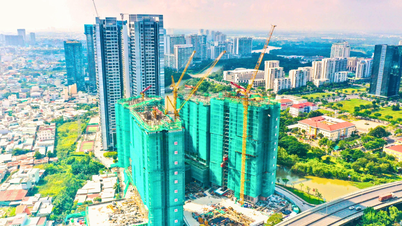

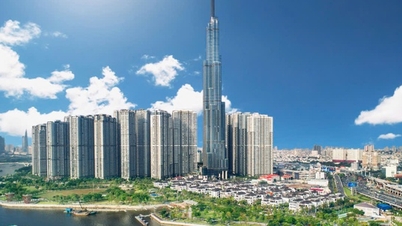















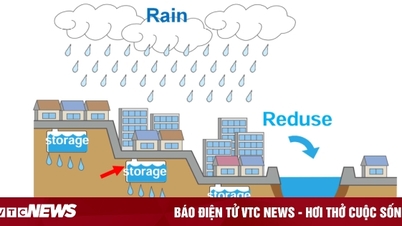






























































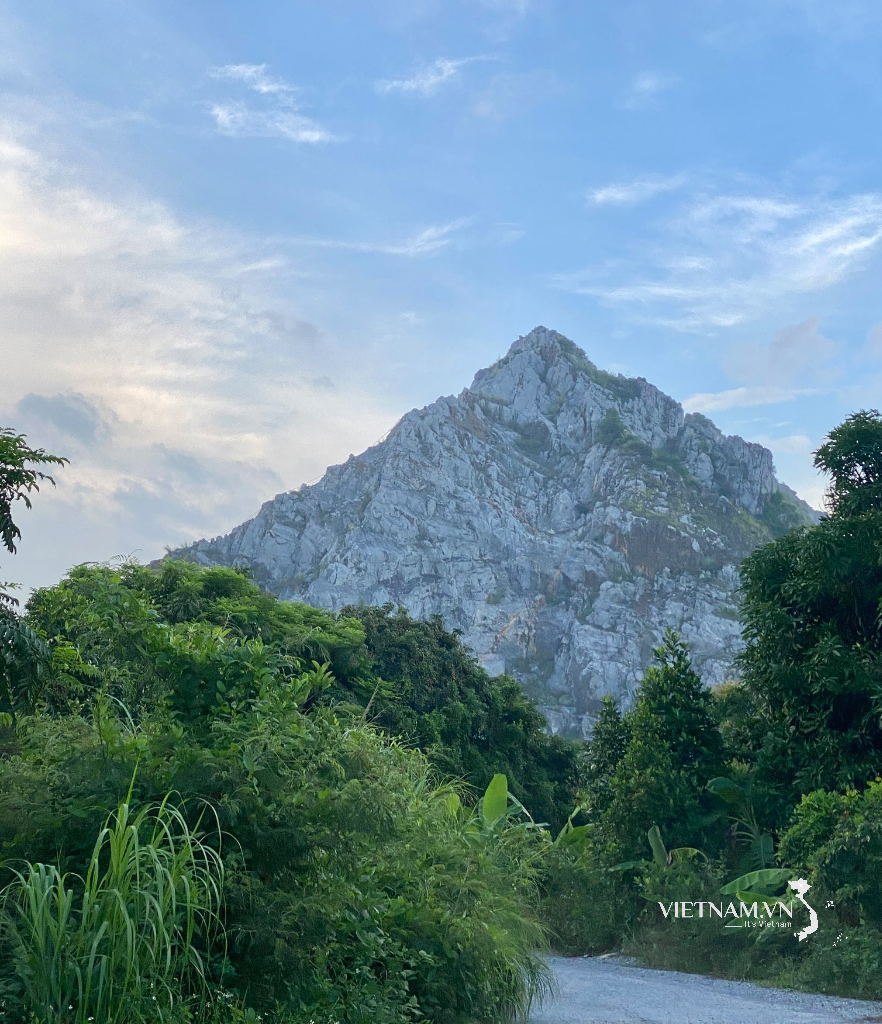



Comment (0)